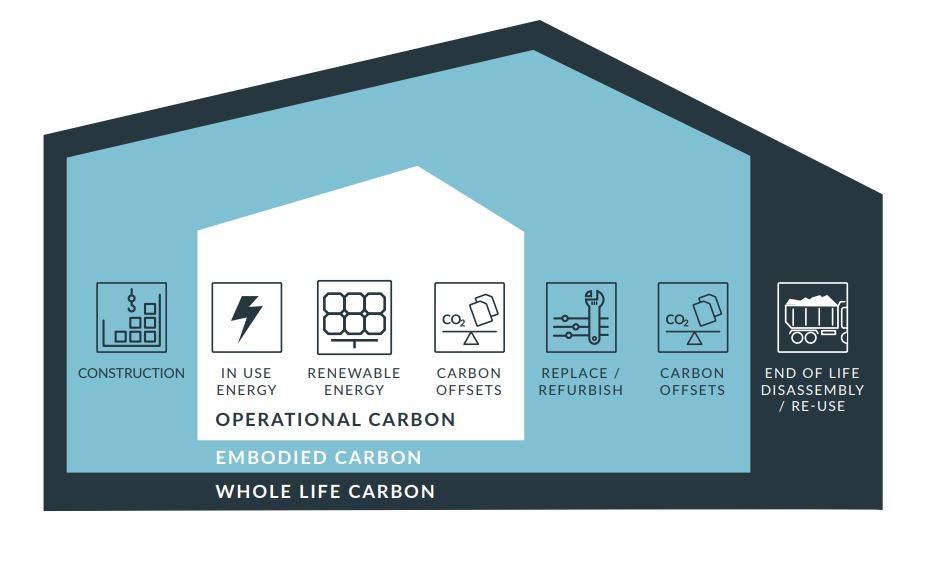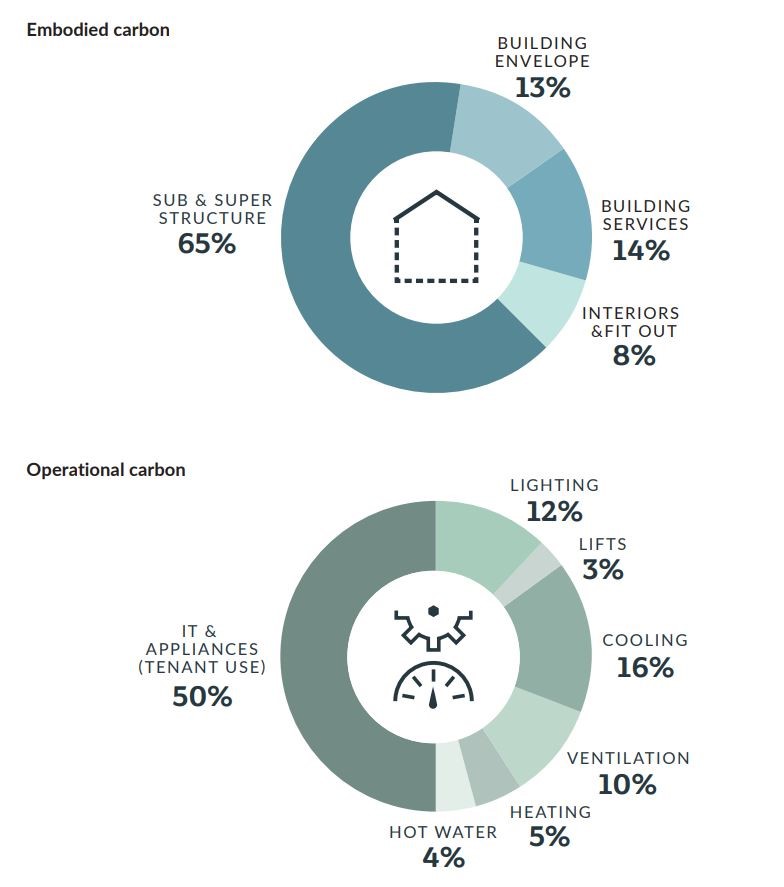Insights
Net Zero: what to measure and where to begin.
Net zero carbon made possible - part 2.
Limiting the impact of climate change is the greatest challenge of our time.
The UK is the first major economy in the world to pass laws to end its contribution to global warming, setting a target to achieve net zero carbon emissions by 2050.
Many local authorities and businesses, including our firm, have declared climate emergencies. We all understand the importance of achieving net zero targets within the next 10 years, in line with scientific opinion and ahead of the government’s target.
For those serious about being part of a positive climate-conscious revolution, 2030 is the target for all new developments to be net zero carbon, and the benefits for those that take on this challenge are abundant.
So what should we measure?
Responsibility for greenhouse gas reporting spans three emission types.
Scope 1: Emissions resulting from activities under the direct control of your organisation, such as gas boiler emissions, fleet vehicle emissions and on-site refrigerant leakage.
Scope 2: Emissions arising from energy purchased by your organisation for its operations, such as power or district heating.
Scope 3: Emissions arising from associated activities not directly controlled by your organisation, such as leased assets, procurement of equipment, employee commuting, water use, and waste management.
Many organisations have already begun to assess their scope 1 and 2 emissions as part of a zero carbon commitment, but some larger businesses are also assessing scope 3 emissions as part of a full reporting strategy.
How do we begin?
Whether you’re looking to create a net zero new build or ensure an existing building, estate, or vast portfolio of real estate operates at zero carbon, the scope needs to be established to inform your strategy.
A comprehensive understanding of your carbon footprint is critical to defining a pathway to net zero carbon. This can also respond to any mandatory regulations (such as Streamlined Energy and Carbon Reporting) or voluntary frameworks voluntary frameworks (such as Carbon Disclosure Project, Global Real Estate Sustainability Benchmark, Global Reporting Initiative, and the Task Force on Climate-related Financial Disclosures).
Understanding carbon emissions in the built environment.

OPERATIONAL CARBON.
Operational carbon emissions are those associated with the in-use operation of a building or estate. This usually includes carbon emissions associated with heating, hot water, cooling, ventilation, and lighting systems, as well as those associated with cooking, equipment, and lifts.
EMBODIED CARBON.
During the lifetime of a building, embodied carbon emissions arise from the initial construction and in-use refurbishments and material replacements. The structure is normally the dominant element of embodied carbon, due to the volume and nature of the materials, with the building envelope, services, and interior fit-out making up the remainder.
WHOLE LIFE CARBON.
Embodied carbon can account for around half of the whole-life emissions of a new development. Looking at whole life carbon requires consideration of the energy used in the extraction of materials, manufacturing processes, transportation and building work on site. Considering end-of-life carbon emissions is an option within the whole life assessment scope if the disassembly and re-use strategy is known.
Understanding whole life carbon requires an assessment of the specific design of the building and the systems installed. These charts show our analysis of embodied carbon and operational carbon for a typical modern office.

Next week, look out for the final part of this series, where our head of building performance Eimear Moloney will discuss the opportunity for existing buildings and estates to achieve net zero carbon.
